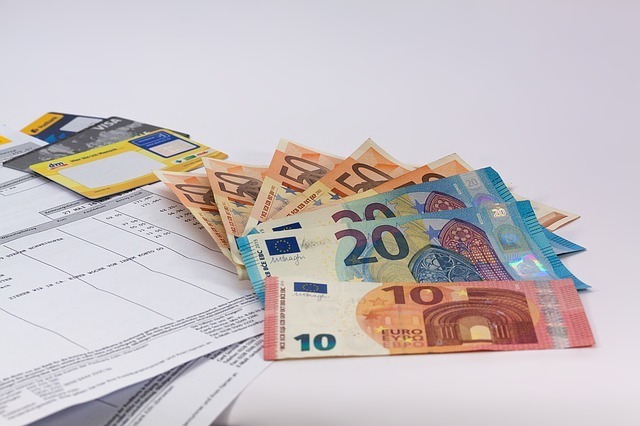As of last Wednesday, there was no end in sight for EUR/USD decline. And this is still the case. The coronavirus situation in continental Europe worsens. Even the fact that Eurozone inflation touched 4.2 percent year on year in October, which is more than twice the ECB’s objective. And it will not lead to a rate rise this year or next.
That is what ECB President Christine Lagarde has frequently stated. And traders have now given up hope that she and her colleagues would alter their views. Risk reversals i.e., the difference in implied volatility between comparable call and put options – point to further weakness, with puts still commanding a premium. Traders have sold into every significant rally in the EUR/USD since late July, and will almost certainly do so again.
In fact, the latest Commitments of Traders (CoT) report from the US Commodity Futures Trading Commission indicated hedge funds are currently just modestly bearish on EUR/USD following some significant purchasing over the last month.

Week Ahead:
The adage “you should never try to catch a falling knife” was popular among traders last week as the EUR/USD fell. It still applies this week, despite the fact that there are some glimmerings of at least a little rebound, if not a good correction.
Is it enough to risk catching the knife? Most likely not. Also, keep in mind that implied volatility is high, so some significant jumps in either direction would not be surprising.
Turning to the economic calendar, the most important publication this month will most likely be the IFO business environment index for Germany. It is scheduled for release on Wednesday and is predicted to indicate a minor decline to 96.5 from 97.7 in October. The Eurozone’s consumer confidence statistics are expected Monday. It will be followed by the “flash” purchasing managers’ indices for November on Tuesday. The German third-quarter GDP estimates, also released on Tuesday, are final and are unlikely to have an influence

